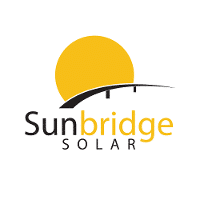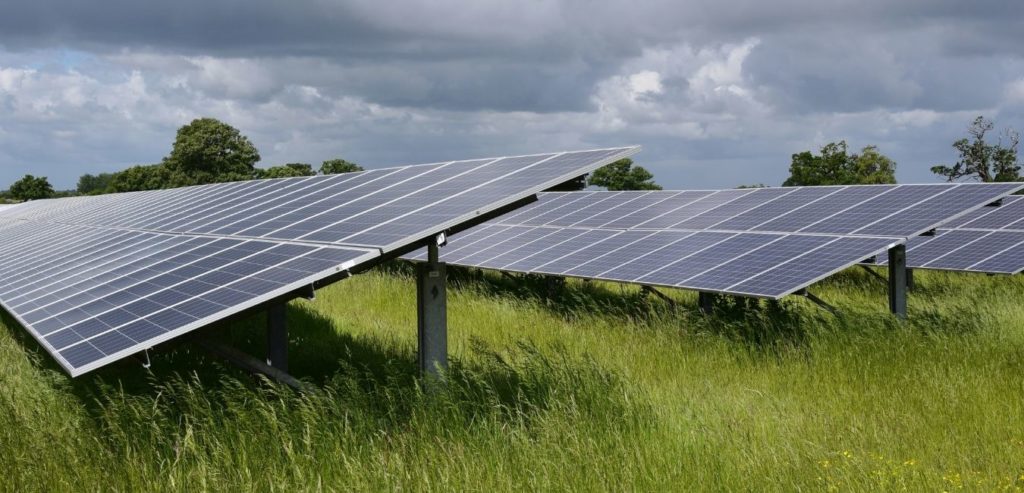Solar Farming: Harvest the Sun
Solar farming is increasing in popularity in Oregon, and it can be a great way to bring in extra income. However, it’s a big commitment to make and navigating a solar farm lease can be tricky, so we’ll break it down.
What Is Solar Farming?
The premise is relatively simple: solar energy companies lease parcels of land from landowners and build racks of solar panels on that land. The solar panels harness energy from the sun, which is then converted to AC power and the solar company sells the power to the utility company that controls the local power grid.
Solar farm leases usually last 20 to 30 years and can be renewed for 50 or more total years. When the lease ends, the solar company comes back to remove the solar panels and equipment, and return the land to its original state. Landowners receive compensation for allowing the solar companies to build on their land.
What Makes Good Land For Solar Farming?
Sunlight
First and foremost, the land must receive enough sunlight annually to warrant a solar farm. This means that there should be as few obstructions as possible that might block sunlight — for instance, buildings, trees, and other objects that cast significant shadows over the land.
Available Land
Secondly, there must be enough land available to create a viable farm: at least five acres as we previously mentioned. The solar companies need enough land not only for the solar panels themselves, but also for the accompanying equipment, including wiring, inverters, and transformers.
Topography
The topography of the land is also important since it’s much easier to install a solar farm on a relatively flat and stable parcel of land than it is on hilly or unstable land. Solar companies take into account any development necessary to prepare the land for solar farming, and if there are too many obstacles, it may not make financial sense to place a solar farm there.
Soil Classification
The classification of the soil is brought into question. As we mentioned, it’s prohibited by the state of Oregon to build solar farms on certain types of high-value farmland.
Electric Grid and Road Access
The solar company will also investigate the proximity of the land to the existing power grid and access roads. It’s extremely expensive to build roads and to extend the power grid to an area where it doesn’t already exist, and both of those processes require permits, careful compliance with local laws, and intense labor. If neither of these infrastructure elements exist at your property, it will most likely not be deemed suitable for a solar farm.
Government Solar Incentives For Solar Farms
Agricultural solar energy is an investment that can deliver a significant return to Oregon and Washington farmers. Especially for agricultural producers and other small, rural businesses located in these states. Wondering if you can afford a solar panel installation for your farm? With today’s solar incentives for farms, you can get up to 85% of your cost recovered through cash incentives, tax breaks, and energy savings.
A selection of solar incentives in both Oregon and Washington State makes this possible:
3 To Consider Before Signing A Solar Farm Lease
Here are the 3 most common things you should consider before signing anything.
1) No Verbal Agreements
Be sure to get everything in writing in the lease documents. Verbal agreements or arrangements will carry no legal weight and, since these leases are often anywhere from 20 to 50 years, it’s critical to have every aspect of the agreement in writing and easily understandable to any future parties who may become involved in the lease.
2) Do Not Pay For Increased Real Estate Taxes
The lease should also clearly state that the solar company is responsible for paying for any increases in real estate taxes that may result from the installation of a solar farm. Additionally, a solar farm can cause land to lose its Current Agricultural Use Value status since it will no longer be solely used for farming, so make sure that the lease requires the solar company to pay any recoupment that may be necessary. This is subject to change. Please consult with your local building codes.
3) Have A Plan For When The Lease Is Up
Lastly, the lease must include specific directives about the removal of the solar farm. The most ideal scenario is to have the solar company set up an escrow account specifically for the removal process when the lease is up, which ensures that you as the landowner will not be stuck with the expensive removal process.
Find Out if Solar Farming is Right for You
Our consultants will provide you with an estimate, total cost, environmental benefits, and more. You may also skip the sign-up form and speak with a solar consultant today by calling us at 360-313-7190
Solar Farming FAQs
To help you make a more informed decision whether solar is right for you, we compiled the top 12 most frequently asked questions about installing a solar farm.
Are Solar Farms Dangerous Or Noisy?
The short answer is no to both of those concerns. There is obviously some noise associated with the actual construction of the solar farm, but once it is installed and functioning, the only noticeable noise comes from the inverters and is no louder than a typical air conditioner.
Solar energy creates no greenhouse gas emissions and is a totally renewable energy source, so there is no danger to your health and, in fact, solar energy contributes to better overall health.
How Much Can You Make Leasing Land For A Solar Farm?
This depends on the location and quality of the land you are leasing out, but the most optimal parcels of land can bring in around $4,000 per acre per year. Solar companies negotiate their lease rates based on an evaluation of the land.
How Do I Know If My Land Is A Good for Solar Farming?
A solar farm needs three things in order to be successful:
- Access to Transmission and Distribution infrastructure
- Relatively flat, open land, with good solar access.
- Good old fashioned sunshine
How Much Land Would I Need To Have Available?
A small solar farm might occupy as little as 10 acres, but most solar farms in the US are closer to 100 acres.
What Is Transmission And Distribution Infrastructure?
Transmission and distribution (or T&D) refers to the way we get power from the place where it’s produced to the home or business that needs electricity. T&D infrastructure is quite expensive to deploy, so it’s important that the site for a potential solar farm be nearby existing infrastructure. Otherwise, the cost of adding new transmission lines could be too expensive to justify building a solar farm.
How Long Does a Solar Farm Take to Install?
These are large projects, with long timelines to match. Each project requires a culmination of several factors including funding, site evaluation, design, permitting, and utility review, all before construction can begin. Project development can take from 2 to 5 years, in which time developers may employ a short-term lease to ensure the project is able to be permitted. Once a project is ready to be built, the agreements are typically 20 to 30 years.
Who Is Going To Buy The Power From The Solar Farm?
A solar farm requires a consistent buyer of the electricity in order to be financially viable. Fortunately, many utilities are looking to diversify their generation portfolios, so solar developers are commonly able to come to a “Power Purchase Agreement” with a utility to cover the life of the project. A willing utility is an essential part of any solar development.
As A Landowner, Will I Have Any Responsibilities In Project Construction
The developers take care of everything. The only thing for the landowners to worry about is what to buy with the extra money they’re taking in.
Why Doesn’t Everyone Do This?
Not every property is qualified to be the site for a solar farm. It takes a special combination of location and timing to make a project work. For properties that do qualify, however, solar farms are a great way to generate lease revenue.
What Steps Are Involved In The Development Process?
First, the property must go through a site evaluation. If the site seems like a good fit, the project will move into the design. The designers map out the electrical configuration of the system and determine how the system is to be mounted. While the project is getting designed, solar developers also determine how to fund the projects.
Power plants have always been attractive investments for banks and investment firms due to their predictable lifespan, and solar farms are no different. After the design is complete, the permitting phase is the next step. After the plans are reviewed and approved, then construction can begin.
Does Solar Actually Make A Difference?
Absolutely it does. The decarbonization of our energy system is one of the most impactful ways we can combat climate change. Adding new renewable energy generation assets like solar farms is a crucial step towards a more sustainable energy future.


